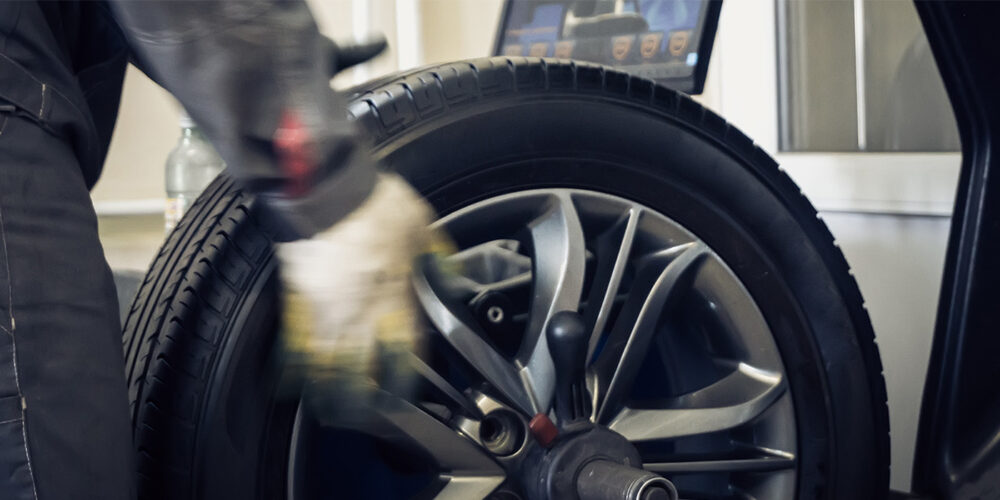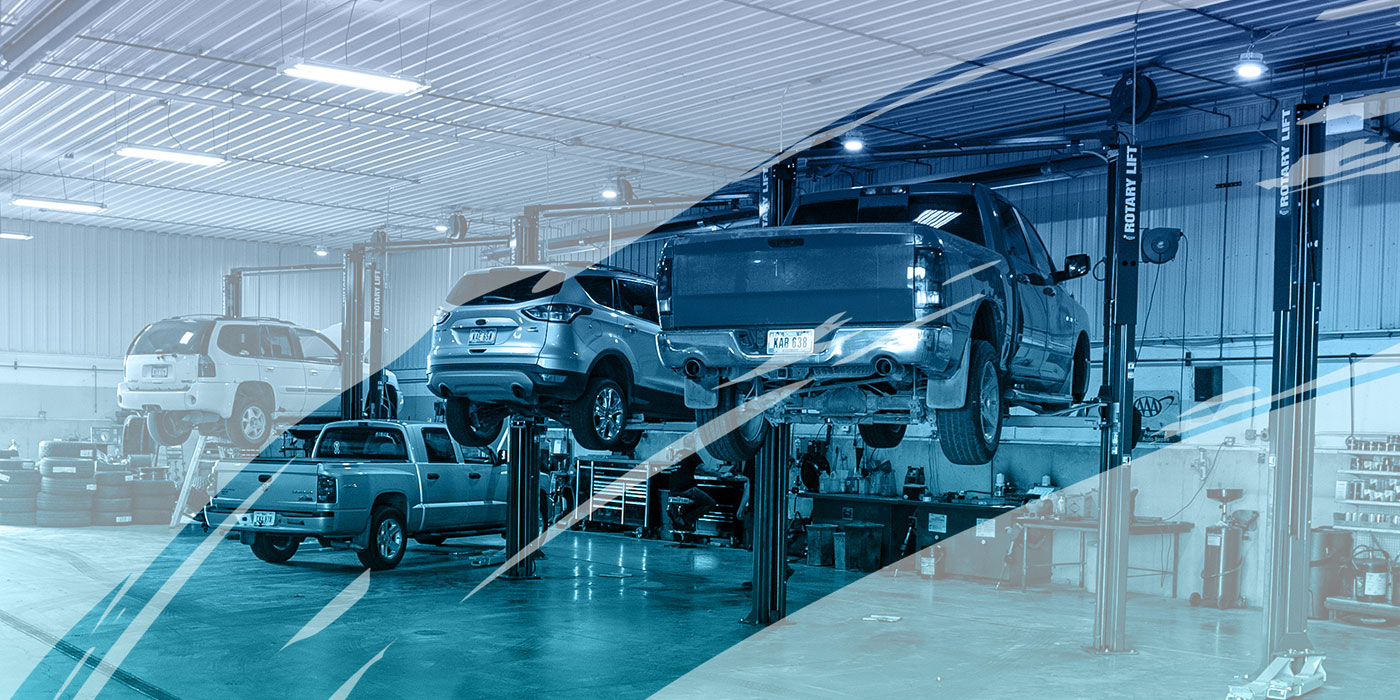 Controlling the temperature inside the shop is more important than many owners of automotive repair facilities realize. While offering one’s customers the comfort of an air conditioning system in the summer and heating in the winter is important for good customer service, keeping the work area comfortable is equally so for maintaining technician productivity and controlling the business’s energy bills.
Controlling the temperature inside the shop is more important than many owners of automotive repair facilities realize. While offering one’s customers the comfort of an air conditioning system in the summer and heating in the winter is important for good customer service, keeping the work area comfortable is equally so for maintaining technician productivity and controlling the business’s energy bills.
Depending on your shop’s needs, the market offers a host of options for handling heating and cooling, and selecting the right system for your business can make a world of difference. For heating purposes, you can choose from infrared heaters, waste oil heaters, electric space heaters, among others. For area and spot cooling, you have an array of portable air conditioners, dehumidifiers, large fans and evaporative coolers.
John (JJ) Jobst, owner of Schaumburg Automedics Inc., in Schaumburg, IL, has been using a waste oil heater to heat his shop in the winter for the past 20 years and finds that it offers him tremendous cost savings with an average bill of only $30-$60 per month — a rarity for that time of year. In the past, his bills in the cold winter months would be as high $500–$600.
“This subject was not top of mind until I saw the difference in my shop’s heating bills,” Jobst said. “Most shop owners would hesitate to invest $5,000–$7,000 up front for a good unit, but, rest assured, you can recover it within a couple of years,” he emphasized.
He is now on his second unit and says, “It was well worth the initial expense.”
During the hot summer months, Automedics Inc.’s three bay doors remain open and two big fans are on all day long to keep Jobst’s technicians cool and working comfortably. In fact, Jobst sees excellent value in ceiling fans for both summer and winter.
“In winter, they push the air down and in summer they keep the air circulating,” he said.
Staying Warm
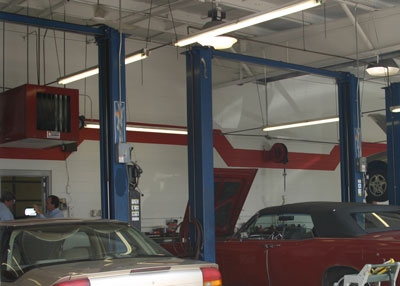
Waste oil heaters essentially utilize the waste oil generated by the shop, which, if not used, would need to be picked up for proper disposal, requiring the use of a special service — at an additional cost.
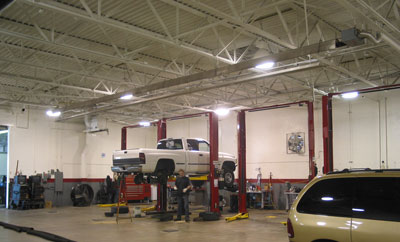
The key to owning a waste oil heater is to have it installed by a licensed contractor to prevent installation-based problems and to get it serviced once or twice a year for continued effectiveness. Waste oil heaters offer high heat output with long maintenance intervals and are beneficial to the environment.
An infrared heater or heat lamp, on the other hand, is a body with a higher temperature which transfers energy to a body with a lower temperature through electromagnetic radiation. Infrared heating systems are available for a wide range of applications and can effectively heat any size area from a small garage to a space as large as an airplane hangar. Some infrared heaters provide consistent temperature output and are particularly suited to those spaces in a facility that have inconsistent heating demands. In other words, an infrared heater’s energy output is steady, despite the rise and fall in temperature because it adjusts the air and gas to regulate the temperature in a given area. Infrared heaters produce quiet, clean and efficient energy.
Yet another option is the multiwatt horizontal downflow unit heaters with a thermostat that can provide heating in any large or small size spaces. Easy to service and install, these space heaters are available with a mounting bracket for easy attachment and angle adjustment and can be used in a horizontal or vertical position. They feature dual heat settings and an adjustable thermostat for temperature control.
Also available is the portable, convenient, lightweight space heater for smaller indoor spaces. Usually, these heaters feature a “tip-over switch” for safety in case the unit accidentally tips over. The fan, however, can be noisy. Although more wattage can mean more heat, it is important to know that how well the unit distributes the heat may vary. Sometimes, the smaller heater that oscillates and has a fan may be more effective.
Keeping Cool
For the hot summer months, you can select from a wide variety of blower fans that come in many different sizes, portable air conditioners and dehumidifiers, and evaporative coolers, which are also known as swamp coolers.
Evaporative coolers are eco-friendly, healthy and seen as the most effective alternative to air conditioning systems. They use the natural process of evaporation and use less energy to cool both indoor or outdoor space. No complex or expensive installation is required and evaporative coolers are available in several sizes and speeds.
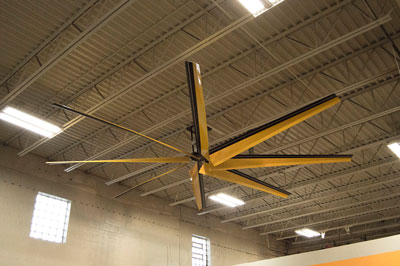
Most evaporative coolers work best in a hot, dry climate because they work by pulling in hot, dry air, which passes through a moistened pad that absorbs the heat and moisture, and cools and humidifies the surrounding air. By doing so, it can lower the temperature significantly. Large garages would need commercial-grade coolers.
If your shop has high ceilings, you can opt for destratification fans that are designed for ceilings as high as 65’. Highly engineered, these fans reduce the temperature differences between floor to ceiling within just a couple of degrees. Without the use of a ceiling destratification fan there would be a difference of 10° between the temperature at the floor and that at the ceiling.
Thinking of updating your shop’s heating/cooling systems? Smart shop managers understand and appreciate the impact of a good heating and cooling strategy on their shop’s productivity and their business’s bottom line.





